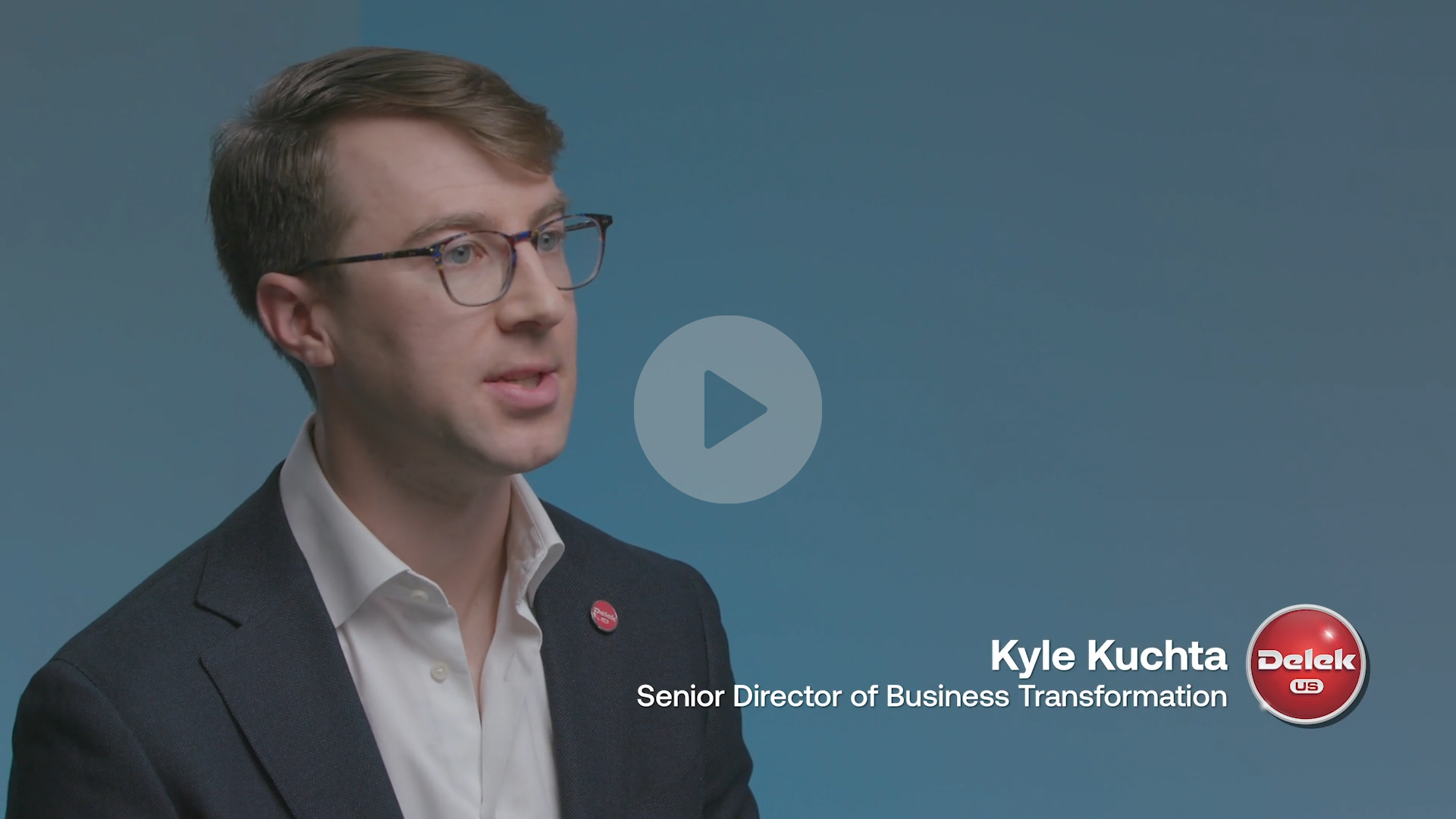Let Your Operating Orders Be Heard
Watch the video to learn how Imubit’s Closed Loop Neural Network can dynamically control and optimize the refinery’s most complex optimization strategies in closed-loop.
Hydrocracker Yield Improvement


Discover
Leverage data from a variety
of plant data sources

Capture
Visualize real-time value generation, change
constraints and targets all on-premises

Sustain
Rationalize model decisions by running
through “what-if” simulations

CUSTOMER TESTIMONIALS
Delek US
Your Team
FAQs
What is an Optimization Workshop (OW)?
Imubit’s Optimization Workshop is a collaborative discussion between the customer’s plant experts and Imubit’s Economic Engineering team. The goal of this discussion is to explore the plant’s key operating strategies and have a high-level understanding of the decision making and value potential. At the end of the workshop, the top 3-5 strategies to potentially apply Imubit’s Closed Loop Neural Network solution are aligned on for Imubit to conduct an Economic Validation.
What is an Economic Validation (EV)?
An Economic Validation (EV) is a fully-transparent process with the client to provide estimates on DLPC value generation for the aligned upon operating strategies from the Optimization Workshop. The EV process typically consists of a technical alignment to align on key operating limits and an economic alignment to review the economics of each optimization opportunity. The value estimates are not generated from a model but are based on the historical performance of similar DLPC applications. Case studies, where applicable, can be shared with the client.
How are prices/economics updated in the model?
New price sets can be updated directly in the model either through the DLPC application or from a data historian (e.g. PI historian). The site’s Optimization/P&E team is responsible for providing new prices, including intermediate products if applicable, to ensure appropriate model behavior.
How does Imubit monitor and evaluate model economic performance?
Imubit’s Economic Engineering (EE) Team will create custom Tableau dashboards specific to the client’s application. This dashboard will be used to quantify and visualize DLPC performance against baseline, an agreed upon subset of historical operations to serve as DLPC OFF performance. These dashboards can also be leveraged to improve unit monitoring and KPI reporting as desired by the client.
Once models have been successfully commissioned, Imubit’s project team will continue to meet with the client on a regular basis to review and discuss the model’s economic performance to ensure the model is continuing to drive the desired optimization strategy.
How does Imubit deal
with tiered pricing environments?
Imubit can set tiered pricing structures in the objective function calculation to ensure the model understands incremental product value. The trigger of that tiered pricing is flexible based on the client’s needs (model variable, pressure, temp, feed, fixed value, etc.).
Are all the variables in the Economic Validation (EV) included in the model?
The variables listed in the EV are only the preliminary variables to help align on potential control strategy. Actual variables that the DLPC model will manipulate and control will be discussed in more detail during the Kick-Off meeting. Final variables in the model will be determined with the client before model development begins.
How does Imubit handle a change in operations or strategy that may impact modelperformance (i.e. end of run, shift in market conditions, catalyst degradation, etc.)?
Imubit will first evaluate the change and determine the impact on model performance. If the model was trained with historical data that includes the operating regime, it is likely that the model performance will not degrade. If the model performance has degraded, Imubit can initiate a retrain depending on the available data. If the operating strategies have changed significantly such that new or different variables are required, Imubit will work on updating the model, within scope, as part of the continuous improvement support.


